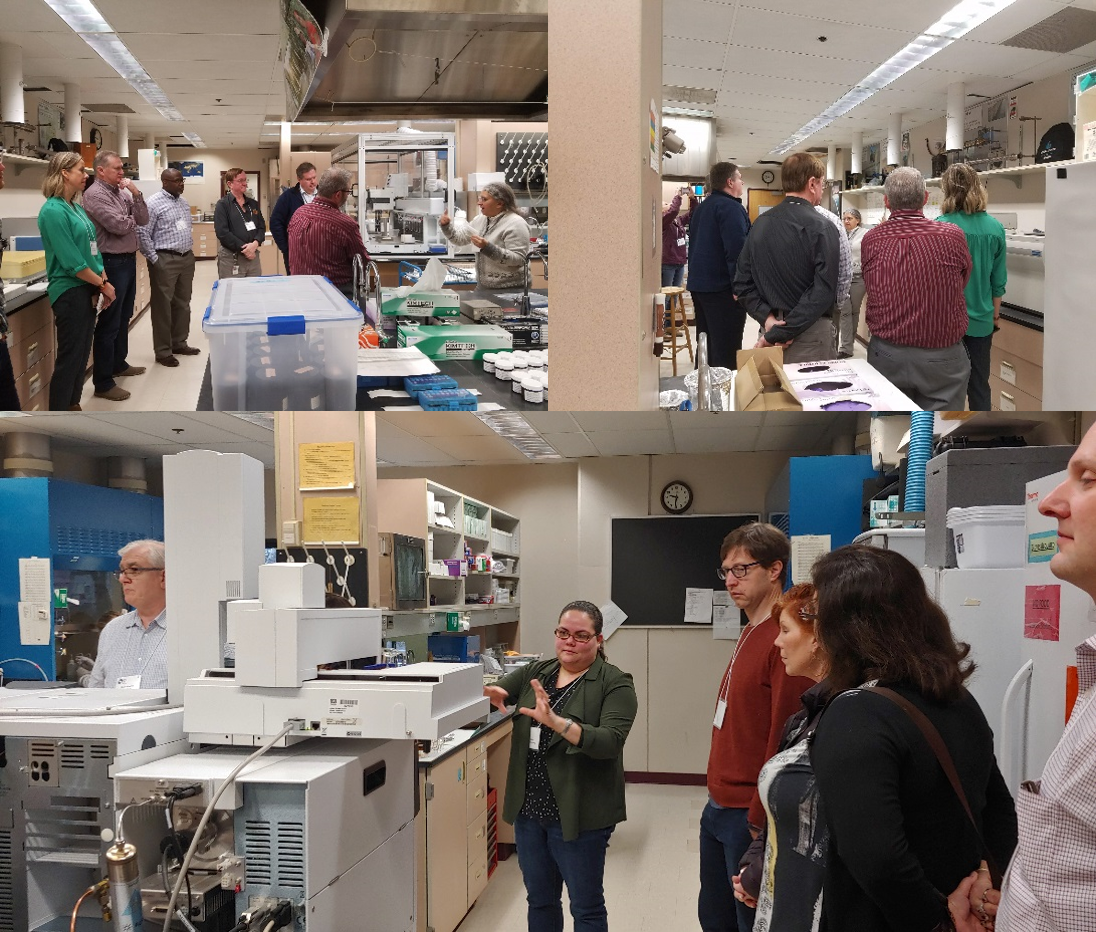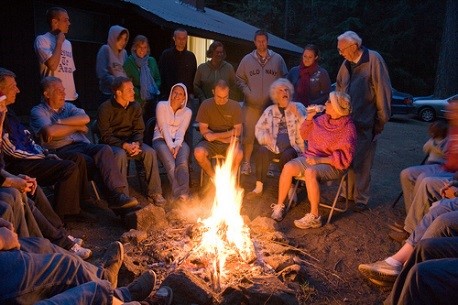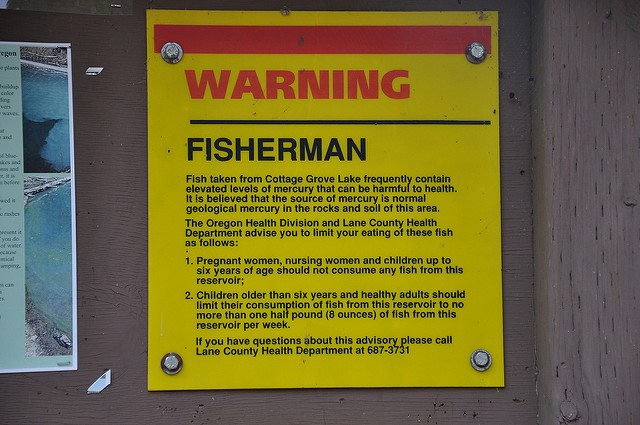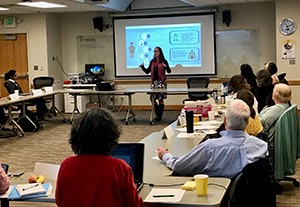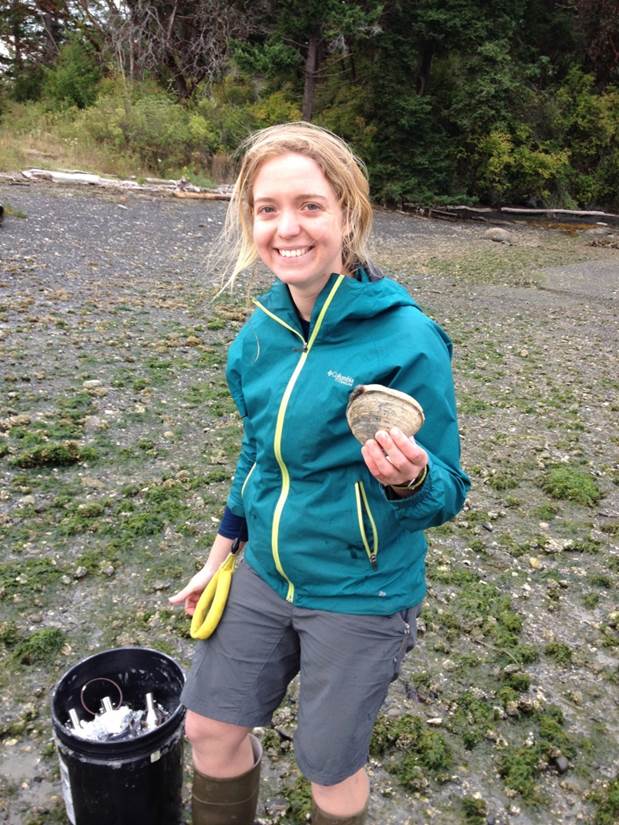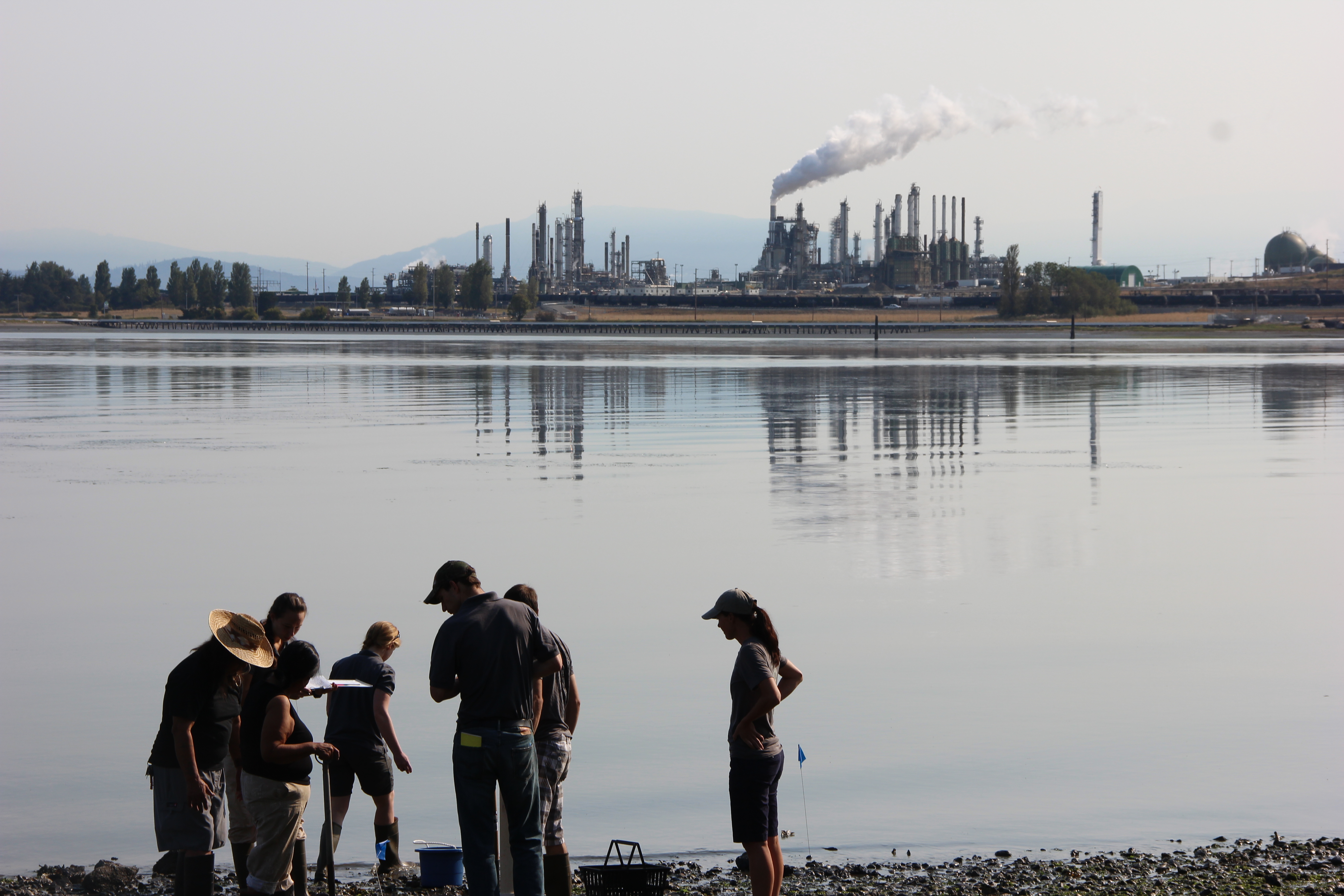March 13, 2019
This past week, 18 Science and Technology Liaisons (STL) from the Environmental Protection Agency (EPA) came to a 2-hour training offered by our Superfund Center. Dr. Stacey Harper (Co-coordinator, Research Translation) welcomed the participants to Oregon State University. She and Michael Barton (Research Translation) previewed the new visualization tool being developed in our Superfund; a network analysis tool that can visualize connectivity between SRP projects.
